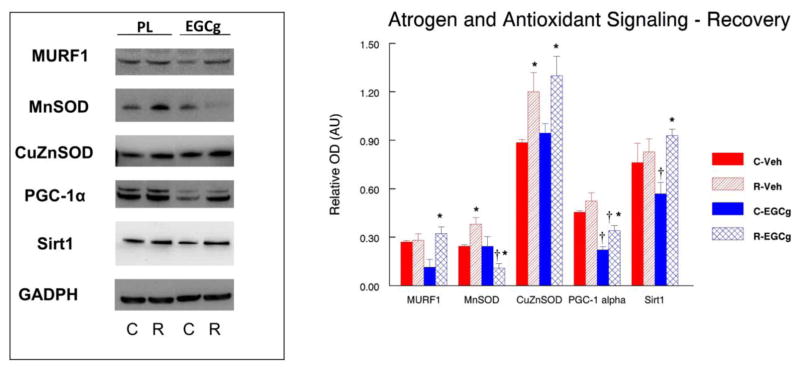Figure 5. Atrogen and stress signaling after 14 days of recovery, which followed 14 days of hindlimb suspension.
The abundance of the atrogen RING-finger protein-1 (MURF1), mitochondrial antioxidant manganese superoxide dismutase (MnSOD), cytosolic antioxidant copper/zinc superoxide dismutase (CuZnSOD), peroxisome proliferator-activated receptor gamma coactivator 1-alpha (PGC-1α) and silent mating type information regulation 2 homolog 1 (Sirt1) proteins was determined by Western blot analysis in plantaris muscles of rats that had received 14 days of hindlimb suspension induced muscle disuse. The animals received epigallocatechin gallate (EGCg) or the placebo-vehicle (Veh) daily by gavage. GAPDH was used as a loading control. The density and area from the respective apoptotic signaling protein bands were quantified and the signals were normalized to GAPDH. Representative blots and summarized group data are presented. The data are displayed as mean ± SE for plantaris. * p<0.05, Control vs. treatment group; †p<0.05, Vehicle vs. treatment group of the same condition.

